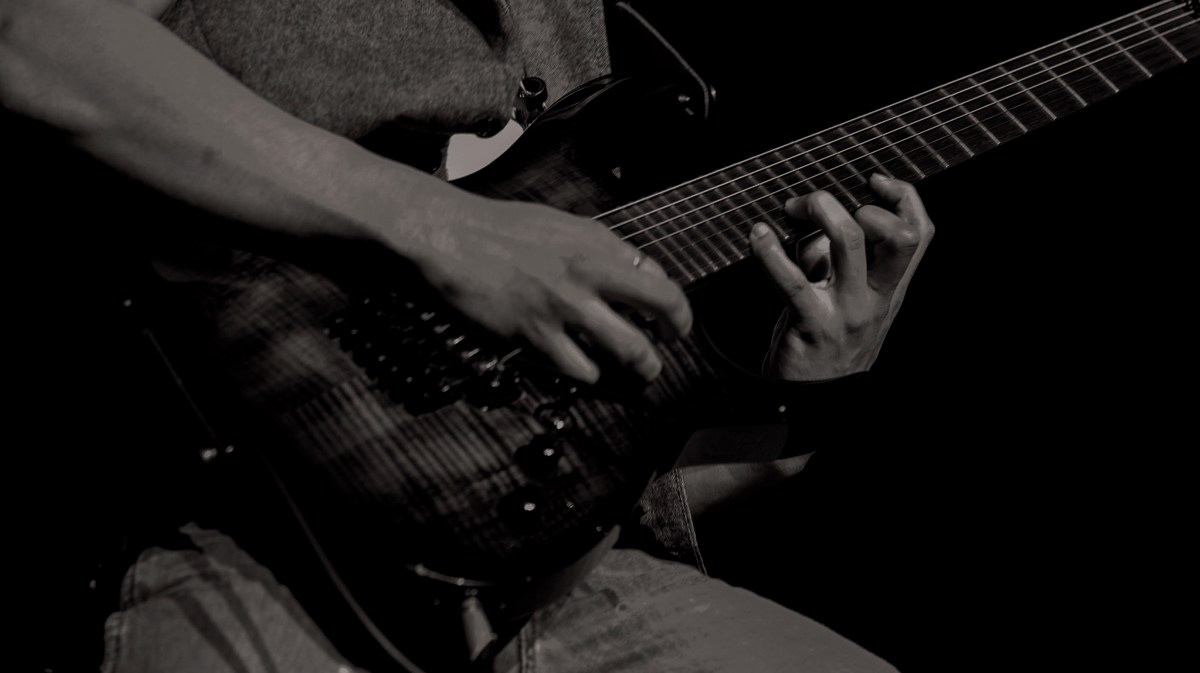In Part 1 we looked at how to use the major scale patterns to solo over pretty much any kind of chord. In Part 2 we continue in the same vein to create more soloing options using the very same major scales, as well as looking at the theory behind this. If you’ve been working on learning the patterns from Part 1, you’ll be pleased to know that this is the only time-consuming part of this process, and once learned these major scale patterns become a powerful tool for improvising all over the neck and beyond those pentatonic shapes.
Major Scale Alternatives
In Part 1 I suggested improvising over major-type chords using the major scale starting from the root note of the chord. So, if you wanted to improvise over C Major, you simply use the C Major Scale. If, like me, you find the major scale itself a little ‘vanilla’ over major chords, there’s a great alternative right under your fingertips:
Instead of playing the C Major Scale over a C Major chord, play the G Major scale and see what happens, making sure to resolve your phrases to C, not G. If you want to find this easily on the fretboard simply play the major scale that’s a fifth above the root note of the chord, as follows:

An even easier way to remember this is to make a power chord; your first finger is on the root of the chord, and your third finger is on the starting note of the major scale to play over it.
Minor Scale Alternatives
In Part 1 we looked at one option for soloing over a minor chord; using the same idea we can access two other options. Check out the diagram:

So, over a C Minor chord you can also play the major scales starting on either Eb or Ab, but making sure to resolve your phrases to C.
Options Galore
To sum up, if you know your 12 major scales well enough all over the neck, you have a range of options for soloing over minor, major and dominant chords. Taking C as our root of choice, your options are as follows:
C Major-type chord: Play G Major or C Major
C Dominant-type chord: Play F Major
C Minor-type chord: Play Bb Major, Eb Major or Ab Major
A way to see these options on the fretboard for quick reference would be like this:
M=major, m=minor, D=dominant

Therefore, if the root of our chord is C, you can play the major scales starting on the surrounding notes according to whether the C chord is major, minor or dominant. Remember that whichever scale you choose, you must resolve your licks, runs and phrases to C to make this work, and above all, sound good.
What’s the Theory Behind This?
You may be surprised to know that you just learned six of the seven major scale modes without even realizing. This is because each of the major scales above is the parent scale of one of the modes starting on C. Look at the options again, only this time I’ve included the scales you’re really playing:
C Major-type chord: Play G Major (C Lydian) or C Major (C Ionian)
C Dominant-type chord: Play F Major (C Mixolydian)
C Minor-type chord: Play Bb Major (C Dorian), Eb Major (C Aeolian) or Ab Major (C Phrygian)
These modes contain the exact same notes as their major scale parent which is why we can use the same patterns starting on different notes.
I hope you found this idea useful, and above all more gratifying than just learning a bunch of scale patterns, or trying to make sense of the CAGED System. If you’d like to learn more about the theory side of things, check out the articles below, and if you’re hungry for more soloing options, check out Part 3.



